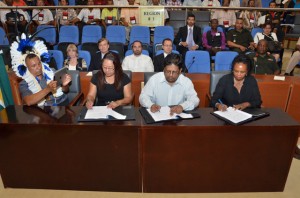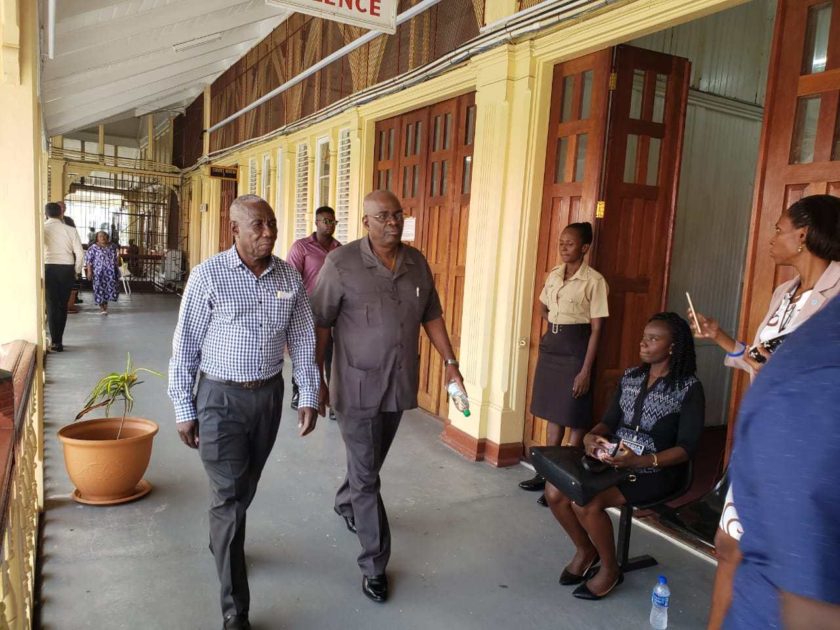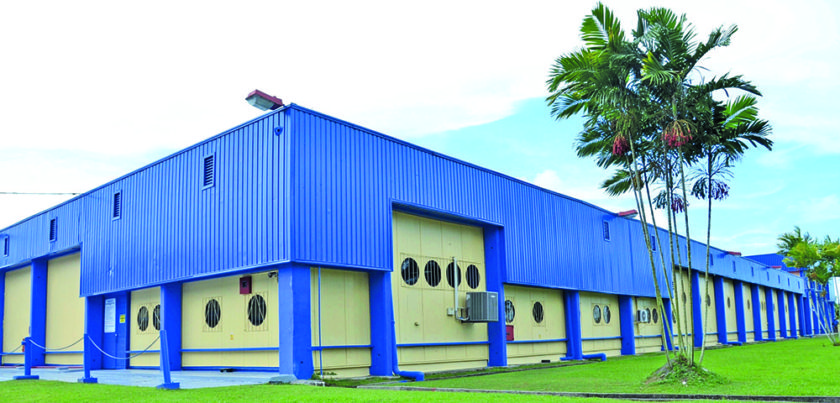By Sabatini Daniels

The government of Guyana and the United Nations Development Programme (UNDP) signed a US$10.7 million Amerindian Land Titling agreement, which will pave the way for more villages to be titled and demarcated.
The agreement will see funds being released from the Guyana/Norway forestry partnership through its Guyana REDD+ Investment Fund (GRIF). Speaking at the signing, which was done at the opening of the annual National Toshaos Council meeting on Monday, Finance Minister Dr Ashni Singh disclosed that under this project, it is expected that the funds will be utilised to issue absolute grants to 13 communities, demarcate 33, and another 32 will be given their applications for extensions.
He said the government sees this project as a very significant initiative since it places control over the land in the villagers’ hands, noting that as far as these communities are concerned, these lands belong to them.
“The project funded by GRIF represents a significant advancement of this initiative… the government remains firmly committed… to demonstrate to the world, Guyana’s commitment to the principles outlined in the Low Carbon Development Strategy,” Dr Singh said.
He urged all the relevant heads who will oversee this project to ensure it is done in a timely and efficient manner.
Manifesto promise
President Donald Ramotar said once the project was completed, government would fulfil its manifesto promise to Amerindian people and people of the interior.
“Despite all the efforts to get all the stakeholders’ support, some forces were writing to Norway to stop this project,” the head of state declared. “That is the depth that some have descended to, they obviously want to feather their own nest instead of promoting Amerindian development.”
He noted that additional land titling should have started a year ago, but as a consequence of the opposition cutting several projects, including the one under which land titling falls, the process was delayed.
To date, some 97 villages have been titled, while 77 villages have been demarcated. Fourteen percent of Guyana’s land mass has been granted to indigenous communities. The administration has set the policy objective of addressing all land titling issues for Amerindian villages by 2015. In the past, high costs were a barrier to achieving this policy objective; however, it is envisioned that with the allocation of funds from the GRIF, this objective can finally be realised.
Demarcation and titling of communities aim to strengthen land tenure security, expand the asset base of Amerindian villages, and allow for long-term planning for their future development. It is a crucial step for villages to opt-in to the REDD+ agreement with Norway to securing tenure and clearly quantified forested areas; however, they are not forced to do so.
The land titling project is being executed by the Amerindian Affairs Ministry, and implemented by Guyana Lands and Surveys Commission, with institutional support provided by the partner agency, the UNDP.



